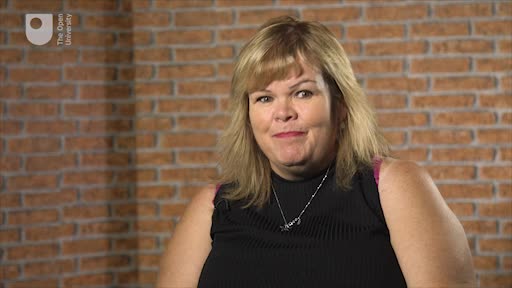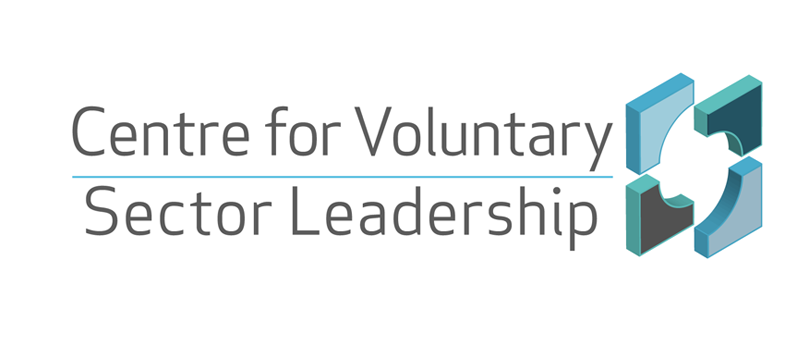1 Leadership as traits
It is likely that you have worked with many leaders in voluntary organisations, many of whom may have built their organisations from the ground up. What is it specifically about these people leaders? Is it possible to come up with a set of leadership characteristics suitable for all voluntary organisations?
Activity 1 Leadership as traits
In the box below, jot down some traits that you think are important for leaders in the voluntary sector to possess.
Comment
Did you include any of the following traits? Intelligence; alertness; insight; responsibility; initiative; persistence; self-confidence; masculinity; adjustment; dominance; extroversion; conservatism; achievement; cooperativeness; tolerance; influence; dominance; drive; motivation; integrity; cognitive ability; task knowledge.
Or how about: energy, height (tall), weight (not too much); hair (baldness is out for leaders, apparently); clothes (business formal, naturally); aggression (you’re a winner!); enthusiasm (motivational speeches rule, OK); originality; sense of humour; sensitivity (presumably to compensate for the aggression); prestige; tact; judgment.
Finally, if these accounts do not satisfy you, how about: dedication; charisma; intelligence; love; championing behaviour; the ability to deploy convincing and persuasive argumentation.
Phew! Being a leader is truly a demanding task, it seems. The first group of traits just listed were compiled by Schedlitzki and Edwards (2014) from five major leadership studies dating between 1948 to 1991. The second group was compiled by Taylor (2015), based on trait theories of the 1980s.
Finally, the third group was compiled by the course authors having analysed a lot of the media coverage of Camila Batmanghelidjh and Kids Company. The case of Batmanghelidjh and Kids Company is an important one when considering leadership as embodied in a person (as it illustrates both the strengths and weaknesses of this approach) and we will use the case throughout this week and the next to help illustrate and reflect on the points made.
This opening exercise was almost a trick because everyone has their own definition of what makes a good leader, making the list in the comment almost endless. In fact, if you ever meet someone possessing all of the traits listed, it is advised that you immediately contact the intelligence services and military, as it appears that an alien invasion is underway; surely no human could ever fulfil such demanding criteria.

However, the fact that people in the west tend to have a very clear view of what makes a good leader is telling. There is something particularly individualistic about western liberal-democratic cultures that seems to result in people developing a fascination with those who hold leadership ambition – in public life, sport and business. In many ways this interest is quite understandable. Sole individuals provide someone definite and knowable when it comes to making judgements about the merits of a particular organisation.
The voluntary sector seems particularly smitten with individual leaders. There is a good reason for this, as it is often people with great belief, talent and drive who establish successful voluntary organisations in the first place.
Now watch the following video, an interview with Christine Pearce, Chief Executive of the Milton Keynes Centre for Integrated Living. In the video Christine describes some of the problems organisations face if they rely too much on individual leaders.

Transcript
Christine is honest in the video about her big character, as well as her desire to be involved with lots of interesting projects. In fact, this drive to get involved with everything can be interpreted as a social pressure, particularly a pressure to control all processes and outcomes. Christine acknowledges that this is an unhelpful perspective and her solution is to involve people from the early stage of projects. There is a pragmatic dimension to this way of approaching leadership – people in formal leadership roles rarely have enough time. But there something more important at play: Christine notes that it is in the organisation and users’ interests for a diverse range of people to be involved in leadership, as they can bring a range of opinions and expertise to a problem.
The voluntary sector seems especially smitten with individual leaders. There is a good reason for this, as it is often people with great belief, talent and drive who establish successful voluntary organisations in the first place.
Another reason why people are bewitched by leaders is that the alternative is a much more complex consideration of an organisation as a whole, a complex grid of interdependencies and inter-relationships spanning a range of organisational factors, as well as the economic, the political, the professional and the ethical. You will now move on to consider the notion of leadership as embodied in a leader in the case of Kids Company.
Introduction
